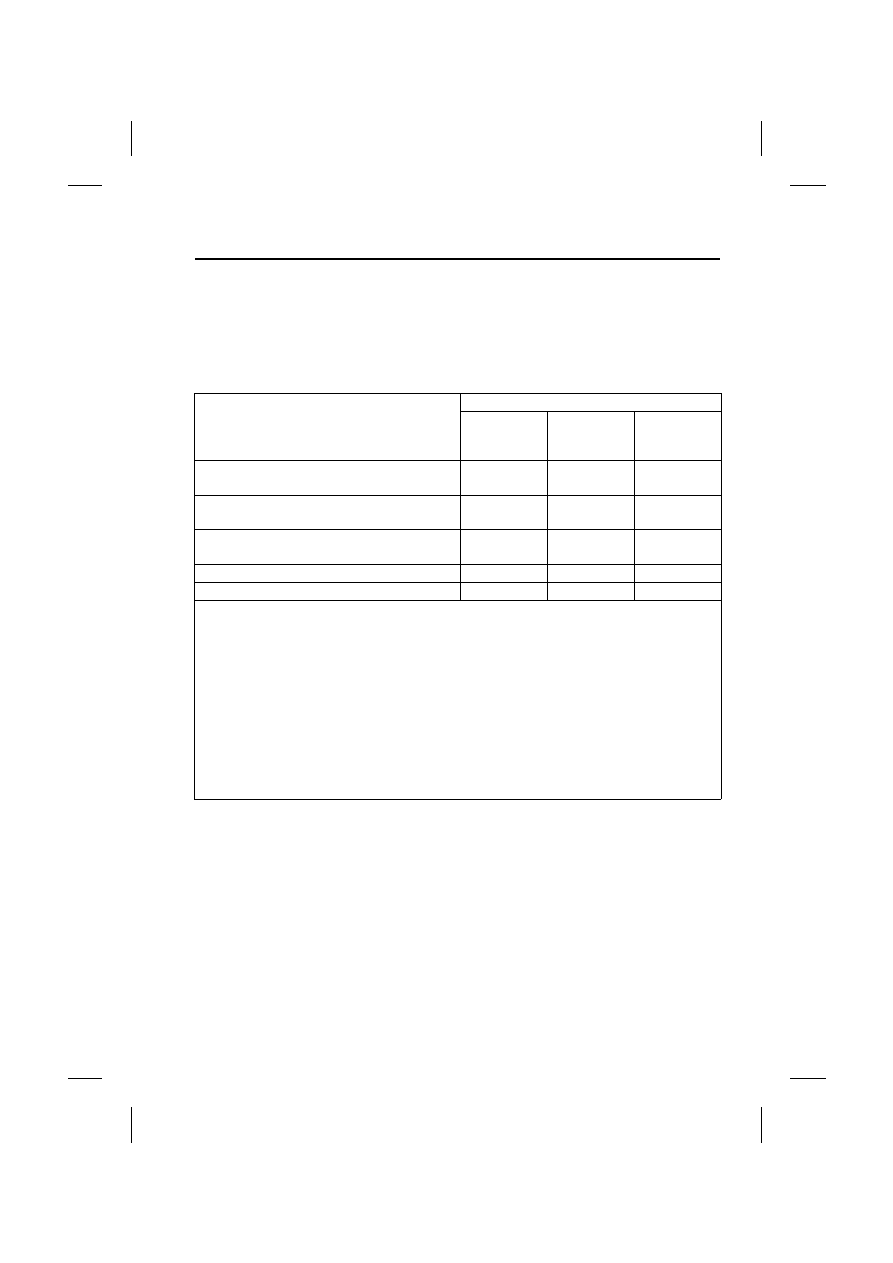Jaguar XJ (2008 year). Manual - part 21

85
Child Safety
R
Suitability of each passenger seat
position for the carriage of children up to
12 years of age, or 1.5 m (5 feet) tall, and
the installation of child restraint systems:
Note: The information contained in the
following table may not be applicable to
all countries. If you are in any doubt
regarding the type and fitment of child
seats seek advice from your Jaguar
Dealer.
Caution: Information given within the
table is correct at the time of going to
press. However, availability of child
restraints may change. Please consult
your Jaguar Dealer for the latest
recommendation.
Note: The legislation which governs how
and where children should be carried
when travelling in a vehicle, is subject to
change. It is the responsibility of the driver
to comply with all regulations in force.
Mass Group
(with approximate age) as indicated on
child restraint
Vehicle Seating Position
Front
Passenger*
Rear
Outboard
Rear
Centre
0 = Up to 10 kg (22 lb)
(birth to 10 months)
X
U
U
0+ = Up to 13 kg (28 lb)
(birth to 18 months)
X
U
U
I = 9 to 18 kg (20 - 40 lb)
(9 months to 5 years)
UF
U & L
U
II = 15 to 25 kg (33 - 55 lb) (4 to 7 years)
U
U
U
III = 22 to 36 kg (48 - 80 lb) (6 to 12 years)
U
U
U
Key:
U: Suitable for Universal category restraints approved for use in this mass group.
UF: Suitable for forward facing Universal category restraints approved for use in this
mass group.
L: Suitable for particular vehicle specific child restraint given below. These restraints
may be of the specific-vehicle, restricted or semi-universal categories.
X: Seat position not suitable for child restraint in this mass group.
The safest place to transport children is the rear seat.
* Jaguar recommend that the vehicle front passenger seat be positioned fully rearward
with the cushion adjusted to its highest position when installing child restraints.